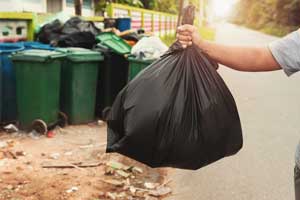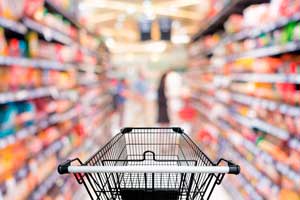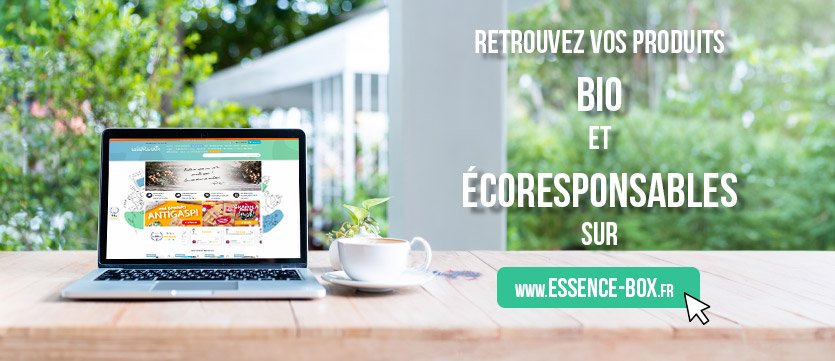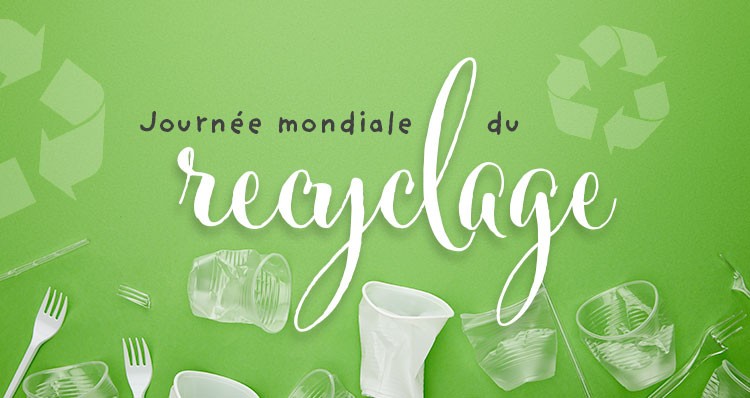Changes in lifestyles and consumption have led to a doubling of the quantities of waste generated by households in 40 years. There is therefore an urgent need to reduce waste in order to reduce the number of treatment facilities.
Tomorrow, March 18, is World Recycling Day. Created in the United States in 1994, it only became global in 2018. Its mission is to raise awareness of the issues related to recycling.
On this occasion, let's take this opportunity to take stock of some actions and good gestures to adopt in order to promote recyclability.
Recovering your waste
 ADEME gives us some waste figures on this subject: Due to changes in consumption and our lifestyles, in In 2015, 30.6 Mtonnes (Million tons) of waste were generated by households, 290.5 Mtonnes for economic activities and 4 Mtonnes for communities.
ADEME gives us some waste figures on this subject: Due to changes in consumption and our lifestyles, in In 2015, 30.6 Mtonnes (Million tons) of waste were generated by households, 290.5 Mtonnes for economic activities and 4 Mtonnes for communities.
Figures that make you dizzy! It is high time to adapt our consumption by implementing a so-called "circular economy".
France has set itself several objectives set by the Energy Transition Law for Green Growth:
- 50% less waste going to landfill by 2025
- 65% of waste directed to recycling by 2025
- 50% storage reduction by 2025
- generalization of source sorting of bio-waste for all types of producers by 2025...
It is important, when making a purchase, to prolong its lifespan as much as possible through repair, reuse, and reuse.
It is also important to properly sort your waste so that it is treated in the best way. Here is a link to the SIAVED site which recalls the sorting instructions.
Lighten your trash
 As said before, the amount of waste has doubled in 40 years. On average, a French person produces 568kg of waste per year.
As said before, the amount of waste has doubled in 40 years. On average, a French person produces 568kg of waste per year.
Sometimes, the small daily gestures have a weight that we underestimate. But beyond a small, far-reaching gesture, it can also be an opportunity to save money. On the occasion of World Recycling Day, let's try to find solutions together to reduce our trash.
A few ideas:
Preferred products for less throwing away
- Avoid single-use products: disposable wipes, plastic cutlery and plates, paper napkins, etc. Prefer, for example, washable and reusable wipes or washable paper towels.
- Avoid as much as possible gimmicky items that are offered mostly or at low prices. These products usually end up very quickly in your trash
- Opt for reliable, reusable and repairable products.
- Feel free to borrow, rent or even buy second-hand. There are several platforms for this, the best known being Vinted but you also have the Geev application which allows you to give or receive for free. There is also Bon Coin, the Facebook marketplace and many more.
Better use to reduce its impact
- Limit the use of batteries: prefer devices to be plugged into the mains and use rechargeable batteries. This will mean less waste to process.
- Moderate the use of paper, at work and at home. Only print if you really need it and feel free to reuse the back side as a draft.
- Respect the recommended dosages for your hygiene and cleaning products. There is no need to overdose. Sometimes underdosing is even just as effective. In addition, your product will last much longer and you will reduce its environmental impact.
Maintain, repair, reuse
 Each year, an inhabitant throws away an average of between 20 and 22 kg of electrical or electronic equipment.
Each year, an inhabitant throws away an average of between 20 and 22 kg of electrical or electronic equipment.
When your device stops working, first check to see if it can be repaired. Call a repairman, or try to repair it yourself using the information you find on the internet. Removable household appliances will be easier to repair, for example. Youtube is full of video tutorials that can help you. A few euros are sometimes enough to repair your device.
Waste that can be avoided
- If you don't read the advertisements that are put in your mailbox, stick a "Stop Ad" on it.
- If an item or item of clothing no longer serves you, it will surely serve someone else. Give it away or sell it on the internet. Again, apps like Vinted, Facebook, or Geev can help you get rid of it while benefiting someone else.
Reduce food waste
Food waste represents 30kg per year and per inhabitant (meal leftovers, damaged fruits and vegetables, etc.), including 7kg of products still packaged. When shopping, some reflexes to have in order to reduce this waste:
- Before you go shopping, prepare your shopping list based on what you have left in your fridge.
- In the store, check the expiry dates of fresh products according to your needs. Do not hesitate to buy products with a "short date" if you are going to consume them quickly. This will prevent it from being thrown away and you will pay less for it. Many stores offer specific shelves, short dates, damaged packaging, this avoids waste and saves money!
- Veillez à conserver vos aliments dans les bonnes conditions afin qu'ils ne s'abîment trop vite et qu'ils finissent dans votre poubelle.
- Cuisinez en priorité les aliments entamés ou bientôt périmés. N'hésitez pas à inventer de nouvelles recettes avec vos restes.

Trier ses déchets
Actuellement, plus de 3/4 des déchets dans nos poubelles ne sont pas triés comme il faut. Il est vrai que malgré la bonne volonté d'apposer des logos, ces derniers ne sont pas toujours très clair et passer 5min à se creuser la tête pour savoir si cet emballage va au recyclage ou aux déchets ménager et si on ferait mieux de retirer cette opercule ou non, n'est agréable pour personne. Faisons le point en expliquant chacun des logos que nous sommes susceptible de retrouver sur nos emballages :
Le Triman

This logo indicates that the product must not be thrown in the household waste bin but must be sorted in your sorting bins or at collection points for recycling. This logo does not yet appear on all products, but the absence of this logo does not mean that the waste should not be sorted.
The crossed out trash can

This logo is affixed to electrical and electronic products, batteries and accumulators, lamps, etc. It indicates that this waste is subject to specific recycling. They should not be thrown in the household waste. Drop them in the store in the bins provided for this purpose or take them to the recycling center.
The Möbius ring

It's the symbol of recycling. This means that your product should be placed in your sorting bins so that it can be recycled. Sometimes you have a number inside this ring. This figure indicates the percentage of recycled material in your product.
The Möbius ring alone means this product is recyclable
The Möbius ring with a number inside means that this product contains a percentage of recycled materials, but it is not necessarily recyclable.
Logos giving no sorting instructions

The Tidy Man just tells the consumer to throw the waste in a bin. This logo has an ecological vocation and its purpose is to encourage consumers to throw paper and packaging in a trash can.
 The Green Dot does not mean that the product is recyclable as many people may think. It appears on around 95% of the packaging and makes it possible to recognize companies that have adhered to the label. That is to say who have adhered to a system of contribution to the recycling of waste. This logo may be accompanied by a sorting instruction.
The Green Dot does not mean that the product is recyclable as many people may think. It appears on around 95% of the packaging and makes it possible to recognize companies that have adhered to the label. That is to say who have adhered to a system of contribution to the recycling of waste. This logo may be accompanied by a sorting instruction.

Conclusion
We hope you have found these little tips useful for properly sorting our waste and not creating unnecessary waste. If you too have some advice to share, do not hesitate to do so in the comments!






 By Cindy
By Cindy